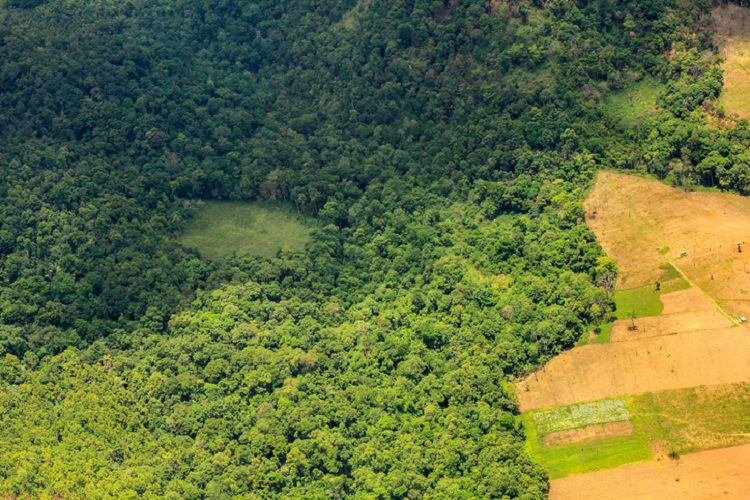
The True Footprint of Palm Oil: A Lifecycle View from Soil to Shelf
The True Footprint of Palm Oil: A Lifecycle View from Soil to Shelf
“Palm oil’s problem isn’t its yield—it’s its governance. Lifecycle Analysis is the key to proving its sustainable potential.”
The Sustainability Debate, Quantified
Palm oil sits at the center of the global sustainability debate: celebrated for its unparalleled efficiency, yet criticized for its historical links to deforestation. To move beyond rhetoric and emotion, industrial producers and investors must rely on a disciplined, scientific framework: the Lifecycle Analysis (LCA).
LCA quantifies the true environmental footprint—from greenhouse gas (GHG) emissions to land use—across the entire value chain of Crude Palm Oil (CPO) and Palm Kernel Oil (PKO).
For an industry facing new mandates like EUDR compliance and heightened ESG scrutiny, the LCA is the essential tool for driving transparency and distinguishing genuinely sustainable production from greenwashing.
The Land Use Advantage
The biggest environmental variable in the palm oil lifecycle is the history of the land. Converting high-carbon stock areas, like peat soil, contributes heavily to the final footprint. This is why zero-deforestation and zero-peat policies are non-negotiable foundations for a low-carbon product.
The land-use conversation, however, must be framed by the crop’s unique efficiency:
| Metric | Palm Oil | Soybean Oil | Rapeseed Oil |
| Yield (t oil/ha) | 4.0 – 7.0 | 0.5 – 1.0 | 0.8 |
| Land Intensity | Lowest | High | High |
This efficiency is crucial: palm oil production requires 2–3 times less land than its competitors to produce the same volume of oil, delivering an immediate and massive saving on global land-use pressure.
From Mill to Modern Refinery
The operational stages—Harvesting, Milling, and Refining—reveal where technology transforms the product’s footprint.
The traditional palm oil mill’s most notorious byproduct is Palm Oil Mill Effluent (POME), a wastewater that releases potent methane gas if untreated. The modern solution converts this liability into an asset:
- Methane Capture: Enclosed biodigester systems capture POME-derived methane and use it to power the mill.
- 70% Reduction: Best-in-class mills achieve up to a 70% reduction in net GHG emissions at the mill-gate by converting this waste into bioenergy.
Refining CPO into food-grade oil and PKO into high-value oleochemicals (like surfactants and fatty alcohols) is energy intensive. Smart industrial design—focused on heat recovery and optimized energy consumption—is essential, contributing to the final GHG intensity.
The Industrial Benchmark: Efficiency and GHG
When calculating the final “cradle-to-gate” footprint, the picture is compelling. Properly managed palm systems demonstrate a distinct climate advantage:
| Metric | CPO (Best Practice) | Soybean Oil | Rapeseed Oil |
| GHG intensity (kg CO₂e/kg oil) | 1.2 – 3.0 | 3.5 – 4.0 | 3.3 – 3.8 |
| Advantage | ~40% Lower | – | – |
Note: The palm oil advantage is contingent on zero-deforestation sourcing and methane capture at the mill.
Palm oil is not just the highest-yielding crop; when managed correctly, it is also a lower-carbon feedstock than its major alternatives.
Emerging Innovations: A Path to Zero-Waste
The future of the sector relies on scalable technology and systemic transparency:
- Traceability Platforms: Digital systems, enabled by satellite data, ensure EUDR compliance and verifiable land history, establishing trust from the plantation gate to the manufacturer.
- Circular Mills: Leveraging waste not just for energy, but converting Empty Fruit Bunches (EFB) into high-value biochar, which serves as a carbon-sequestering soil amendment and a source of verified carbon credits.
- High-Yield Seedlings: Ongoing research is continuously increasing yield on existing land, further decoupling production from land expansion.
The Conclusion: Defining the Legacy
The Lifecycle Analysis confirms a core truth: the legacy of palm oil is defined by its management.
By embracing high-efficiency cultivation, demanding methane capture, and building fully traceable, circular value chains, we can transform palm oil from a contested commodity into a clean, low-carbon industrial feedstock. The technological roadmap is clear; the mandate for industry is to invest in the transparency and clean systems that realize this sustainable potential.
